danger signs when buying antique furniture?
andreagb
17 years ago
Related Stories

HOUZZ TOURSMy Houzz: 'When We Buy It, It's Forever'
This family is picky about what fills their vintage-chic Netherlands apartment, and the strategy works beautifully
Full Story
REMODELING GUIDES5 Ways to Protect Yourself When Buying a Fixer-Upper
Hidden hazards can derail your dream of scoring a great deal. Before you plunk down any cash, sit down with this
Full Story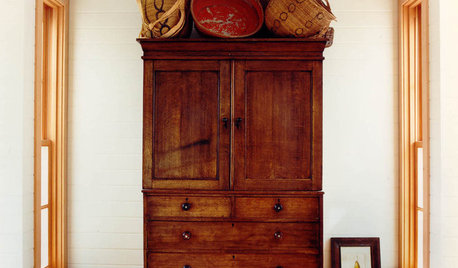
DECORATING GUIDESA Beginner's Mini Guide to Buying Antiques
Experience the thrill of the hunt without ignorance ruining the spoils, with this guide to antiquing for novice buyers
Full Story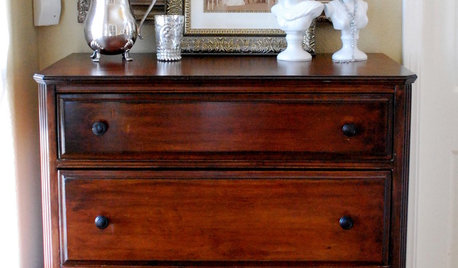
FURNITUREAntiques Shopping? Let Love Guide Your Search
If discovering aged treasures is your passion, you’re not alone. Find a kindred spirit and his buying tips here
Full Story
DECORATING GUIDES12 Antique Store Finds to Nab Now, Place Later
See the accessories one decorator always buys when she spots them — as long as she gets there first
Full Story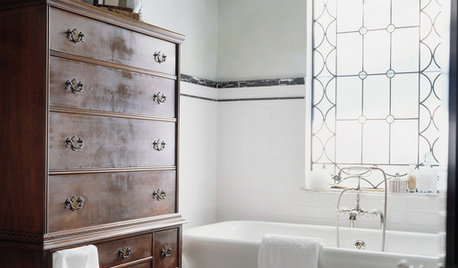
DECORATING GUIDESA Handy Guide to English Antiques
Buying and owning old furniture is more fun and interesting when you know a little history
Full Story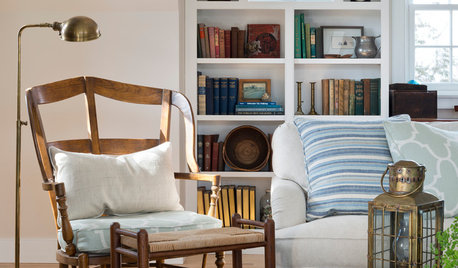
FURNITURESmart Shopper: How to Judge Antique Furniture Quality
Pick the treasures from the trash without expert experience by learning how to evaluate antiques and what questions to ask
Full Story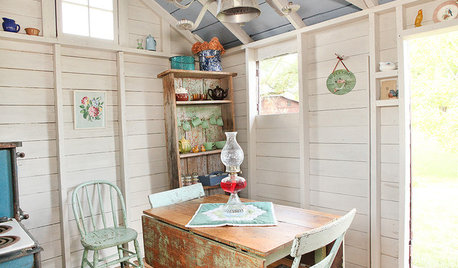
DECORATING GUIDESAntiques Shopping for the Fun of It
Play down a piece’s pedigree and play up what stirs your heart to make the hunt for antiques a real thrill
Full Story
VINTAGE STYLEFlea Market Find: Vintage Signs
Get the skinny on finding a vintage sign just right for your space
Full Story
CONTRACTOR TIPSBuilding Permits: When a Permit Is Required and When It's Not
In this article, the first in a series exploring permit processes and requirements, learn why and when you might need one
Full StoryMore Discussions











rococogurl
chelone
Related Professionals
Hilton Head Island Furniture & Accessories · Oshkosh Furniture & Accessories · West Palm Beach Furniture & Accessories · Fort Carson Furniture & Accessories · Birmingham Carpenters · Lexington Carpenters · Needham Carpenters · Peekskill Carpenters · Oakland Park Cabinets & Cabinetry · Potomac Cabinets & Cabinetry · Watauga Cabinets & Cabinetry · Tabernacle Cabinets & Cabinetry · Santee Custom Closet Designers · Lynn Custom Closet Designers · Riverside Custom Closet DesignersandreagbOriginal Author
rococogurl
chelone
rococogurl
chelone
rococogurl